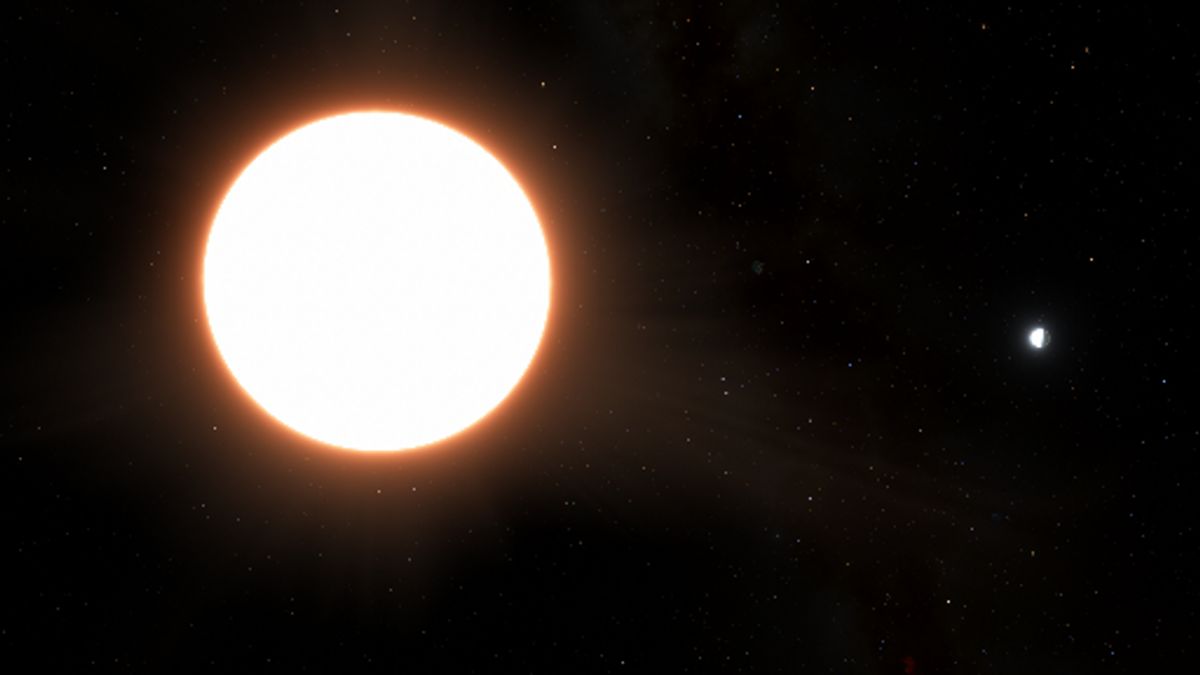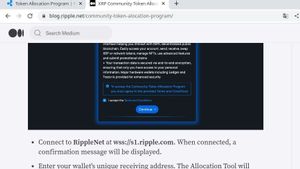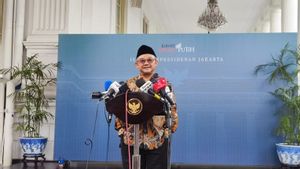JAKARTA - So far, astronomers have known that the brightest object in the night sky is the Planet Venus, but that fact has again been denied by the discovery of a new exoplanet.
Venus itself has a thick cloud layer reflecting about 75 percent of the sun's light. In comparison, the Earth reflects only about 30 percent of the sunlight that enters.
Now for the first time, astronomers have discovered an exoplanet that can match Venus, namely Planet LTT9779 b.
New detailed measurements were carried out thanks to the European Space Agency's (ESA) Cheops mission, revealing that the planet was able to reflect 80 percent of the light shining its parent star.
The reflected light fraction of an object is called albedo. Most planets have low albedos, either because they have an atmosphere that absorbs a lot of light, or because the surface is dark or rough.
The high albedo LTT9779 b is quite surprising, because the side of the planet facing its star is estimated to be around 2000 degrees Celsius.
Every temperature above 100 degrees Celsius is too hot to form a cloud of water, but the atmosphere temperature of the planet should be too hot for clouds made of metal or glass.
Being shiny isn't the only thing surprising about LTT9779 b. The size and temperature make it called 'Neptunian very hot', but no other planet of this size and mass has been found orbiting so close to the star.
اقرأ أيضا:
This means that the planet lives in a place known as the hot Neptune desert. The planet has a radius 4.7 times larger than Earth, and one year in LTT9779 b only takes 19 hours.
To determine the properties of LTT9779 b, the Cheops mission characterizing the ESA exoplanet observed the planet moving behind its parent star. This research has been published in the journal Astronomy & Astrophysics.
As planets reflect light, a combination of stars and planets sends more light to Cheops just before the planet is invisible than ever after.
The difference in apparent light received just before and after the planet was hidden tells astronomers how much light the planet reflects.
"LTT9779 b is the ideal target for follow-up with the extraordinary capabilities of Hubble and James Webb space telescopes," ESA science operations scientist Emily Rickman said in a statement quoted Wednesday, July 12.
They will allow us to explore these exoplanets with a wider wavelength range including infrared and UV light to better understand the composition of their atmospheres.
The English, Chinese, Japanese, Arabic, and French versions are automatically generated by the AI. So there may still be inaccuracies in translating, please always see Indonesian as our main language. (system supported by DigitalSiber.id)


















